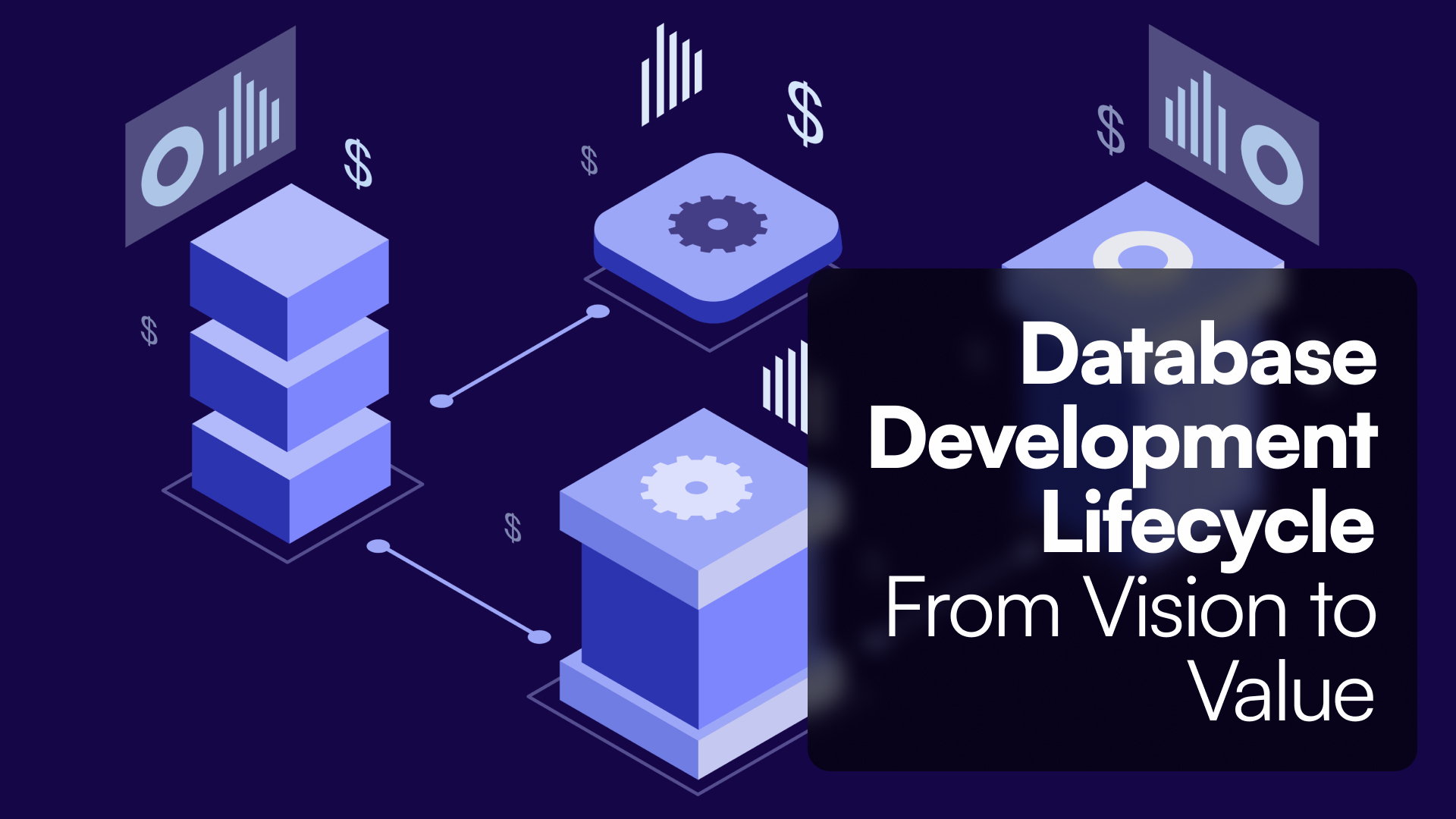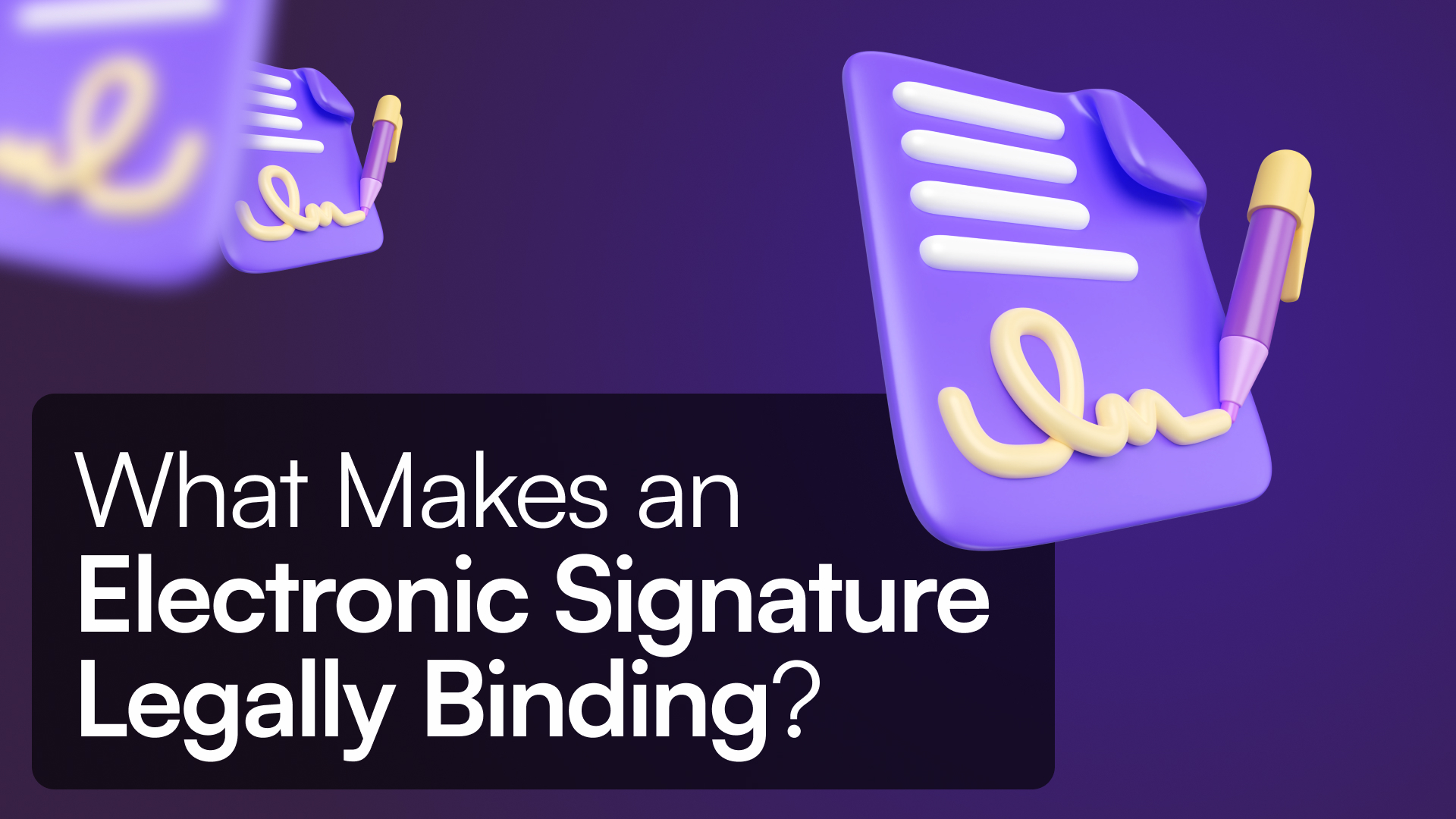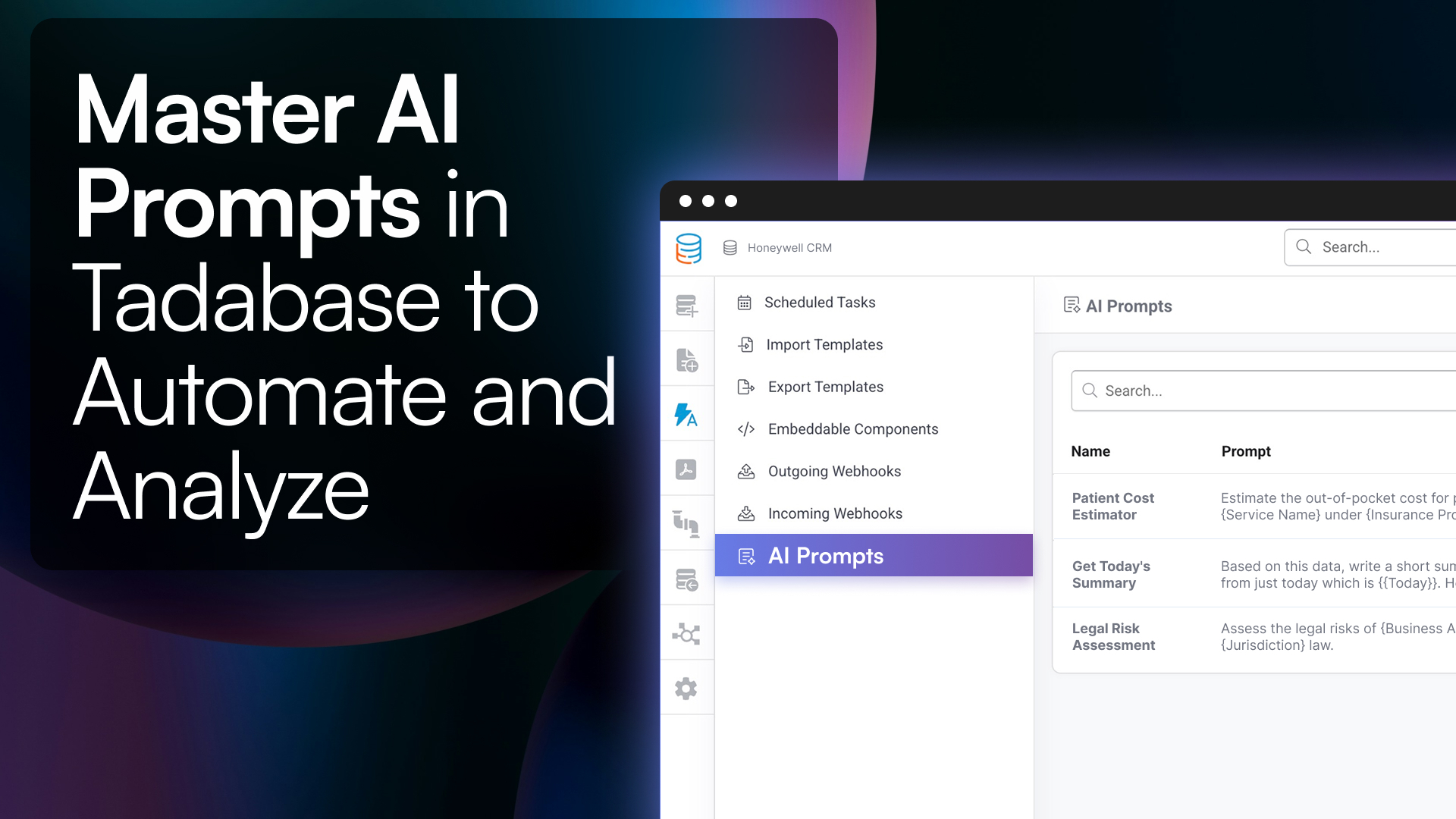Data-driven applications turn streams of information into your most powerful tool for smarter, real-time decisions.
Introduction
Data-driven applications (DDAs) are pivotal for businesses looking to leverage real-time data to improve decision-making, streamline operations, and enhance user experiences. These applications pull and process data from various sources—such as transactional systems, IoT devices, or APIs—providing businesses with valuable insights. This guide will walk you through best practices, tips, and essential elements needed to build robust data-driven applications for smarter business outcomes.
What Are Data-Driven Applications?
At their core, data-driven applications are software systems that base their functionality on continuous streams of data. Unlike traditional apps that follow predefined workflows, data-driven apps adapt dynamically based on incoming data. This means businesses can make real-time decisions, automate complex processes, and scale operations based on live information.
Well-known companies such as Amazon and Netflix exemplify how data-driven applications can improve customer experiences through personalized recommendations or optimized delivery services.
Think of a data-driven application as a skilled navigator constantly adjusting a ship's course based on real-time weather and sea conditions. While a traditional app sticks to a predetermined route, a data-driven app adapts dynamically, ensuring the most efficient, safe, and timely journey—just as Amazon adjusts product recommendations or Netflix curates content based on your current preferences.
Best Practices for Building Data-Driven Apps
1. Prioritize Real-Time Data Processing
The ability to process and act on real-time data is essential for creating responsive applications. Real-time data analysis ensures that businesses can react to events as they occur—whether it's fraud detection in finance or optimizing supply chain logistics.
Tip: With Tadabase, you can build real-time data workflows that dynamically update as new data enters your system. Tadabase’s integration with APIs and automated workflows allow you to process large data sets and take immediate action without writing custom code. This enables real-time responsiveness to changes in your business environment, similar to how Apache Kafka or Amazon Kinesis handle data streams.
2. Build for Scalability from Day One
As your application and user base grow, the data it processes will inevitably increase. Failing to plan for scalability early on can lead to performance bottlenecks and high maintenance costs down the line.
Tip: Tadabase offers cloud-native infrastructure that scales effortlessly as your data grows. With its flexible architecture, Tadabase ensures that your app can handle increasing user demands without a dip in performance. Whether you're managing a handful or thousands of users, Tadabase can expand alongside your business, much like AWS Lambda or Google Cloud Functions offer automatic scaling.
3. Seamless Data Integration
Data-driven applications often pull from multiple sources—CRMs, databases, IoT sensors, and third-party APIs. Having a robust integration strategy is critical to ensure all these data sources communicate effectively and provide a cohesive output.
Tip: Tadabase simplifies the process of integrating data from various sources. With out-of-the-box integrations for platforms like Zapier, Google Sheets, and other third-party APIs, you can ensure seamless communication between your business-critical systems. This enables you to manage and view data from all sources in one centralized app, avoiding the pitfalls of disconnected data silos.
For more on how to approach seamless data integration, check out this guide on API management.
4. Security and Compliance Should Be Non-Negotiable
Security is paramount when handling sensitive data. Whether you're managing financial information or customer interactions, safeguarding that data against breaches and unauthorized access is critical. Furthermore, compliance with regulations like GDPR or CCPA should be a priority.
Tip: Tadabase prioritizes security with features like end-to-end encryption, role-based access controls, and automated backups. You can trust that sensitive information is protected, and Tadabase helps ensure compliance with industry regulations. Tadabase's security framework operates at the level of top cloud providers like AWS and Azure, ensuring your data remains safe at all times.
5. Optimize User Experience (UX)
Even the most sophisticated data-driven app will fail if users can't easily interact with the insights it provides. Data visualizations, reports, and dashboards should be clear and intuitive, allowing users to extract actionable insights quickly.
Tip: Tadabase excels at creating customizable, intuitive dashboards that give your users immediate access to the data they need. With drag-and-drop design features, you can build dashboards and reports that fit your exact business needs without coding. This ensures that end-users, whether they’re on the operations or finance team, can make sense of the data with just a glance, similar to visualization tools like Tableau or Power BI.
6. Encourage Cross-Team Collaboration
Data-driven apps are only as valuable as the actions they inspire. Collaboration between teams—such as marketing, operations, and finance—ensures that insights are not siloed but shared and acted upon across the organization.
Tip: Tadabase allows you to create shared dashboards and real-time notifications for multiple teams. Whether it’s for customer support, marketing, or sales, teams can access the same up-to-date data and collaborate more effectively. You can even integrate Tadabase with communication tools like Slack, enabling seamless cross-team collaboration.
Challenges When Building Data-Driven Apps
Legacy System Integration
Integrating data-driven applications with older systems can be a challenge due to compatibility issues. These systems often lack the APIs and data structures required for modern apps.
Solution: Tadabase makes legacy system integration easier through its flexible API connectors and data import tools. You can bridge the gap between outdated systems and modern data architectures, ensuring your data-driven app functions smoothly even within a hybrid infrastructure.
Scaling and Concurrency
As more users interact with your app, ensuring that it can handle multiple simultaneous data requests becomes crucial.
Solution: Tadabase is built to handle high concurrency with its robust backend architecture. With distributed data processing and load balancing capabilities, Tadabase ensures your application can manage high traffic and data requests without lag or downtime, similar to platforms like Cassandra or CockroachDB.
Conclusion
Building a successful data-driven application goes beyond choosing the right technology. It's about designing for scalability, ensuring security, and creating a user-friendly interface that empowers businesses to act on real-time insights. By following these best practices, you can create robust data-driven applications that adapt to your business needs and fuel smarter decision-making.
At Tadabase, we provide the tools and frameworks that help you create scalable, secure, and customizable data-driven apps with ease—no coding required.
FAQs About Data-Driven Applications
1. What is a data-driven application?
A data-driven application is a software system that uses real-time data to inform decisions, automate actions, and provide insights. These applications continuously gather, process, and analyze data from various sources, enabling businesses to make smarter, faster decisions. Examples include platforms like Amazon recommending products based on user behavior, or Uber optimizing driver routes using live traffic data.
2. How are data-driven applications different from traditional applications?
Traditional applications often follow static workflows and rely on pre-defined rules to function, whereas data-driven applications dynamically adjust based on incoming data. This allows data-driven apps to offer real-time insights, automate actions based on data analysis, and continuously evolve as new information is processed.
3. What are examples of data-driven applications?
Some of the most recognizable data-driven applications include:
- Amazon: Uses customer behavior data for product recommendations.
- Netflix: Leverages viewing history to recommend personalized content.
- Uber: Optimizes routes and dispatches drivers based on live traffic conditions.
- Salesforce: Provides customer relationship management (CRM) insights using real-time business data.
4. What are the benefits of data-driven applications?
The benefits of data-driven applications include:
- Real-time decision-making: Businesses can act on up-to-the-minute insights.
- Automation: Repetitive processes, such as data analysis or decision-making, are automated.
- Improved customer experience: Personalization and timely responses create more engaging user experiences.
- Scalability: These applications can grow with your business, handling increased data loads efficiently.
5. What are the best practices for building a data-driven application?
To build a successful data-driven application:
- Prioritize real-time data processing for immediate insights.
- Ensure scalability to handle growing data volumes and user demands.
- Implement strong security protocols to protect sensitive information.
- Design for a seamless user experience, with clear data visualizations and intuitive interfaces.
- Use tools and platforms that support easy data integration from multiple sources.
6. What industries benefit the most from data-driven applications?
Industries that process large amounts of data or rely on real-time decisions benefit the most from data-driven applications. These include:
- E-commerce: Personalizing product recommendations based on user data.
- Healthcare: Analyzing patient data for better diagnoses and treatments.
- Finance: Detecting fraud in real time.
- Logistics: Optimizing routes and managing supply chains based on live data.
7. How do you ensure security in a data-driven application?
Security in a data-driven application can be ensured by:
- Implementing encryption for data in transit and at rest.
- Using multi-factor authentication and role-based access controls.
- Regularly conducting security audits and monitoring for vulnerabilities.
- Ensuring compliance with data protection regulations, such as GDPR or CCPA.
8. What challenges come with building data-driven applications?
Challenges include:
- Legacy system integration: Difficulty in connecting older systems with modern data tools.
- Data silos: Different systems or departments not sharing data effectively.
- Scalability: Handling increasing amounts of data as your business grows.
- Security: Protecting sensitive data while processing it in real time.
9. How do real-time data streams work in data-driven applications?
Real-time data streams involve processing and analyzing data as it is generated, allowing applications to provide instant insights or automate actions. Technologies like Apache Kafka or AWS Kinesis are often used to support real-time data streaming, making them integral for data-driven apps that rely on timely information, such as fraud detection or logistics management.
10. How do data-driven applications support decision-making?
Data-driven applications enhance decision-making by delivering real-time analytics and actionable insights directly to decision-makers. These insights allow businesses to respond faster to changes, optimize operations, and personalize customer interactions based on up-to-date information.








